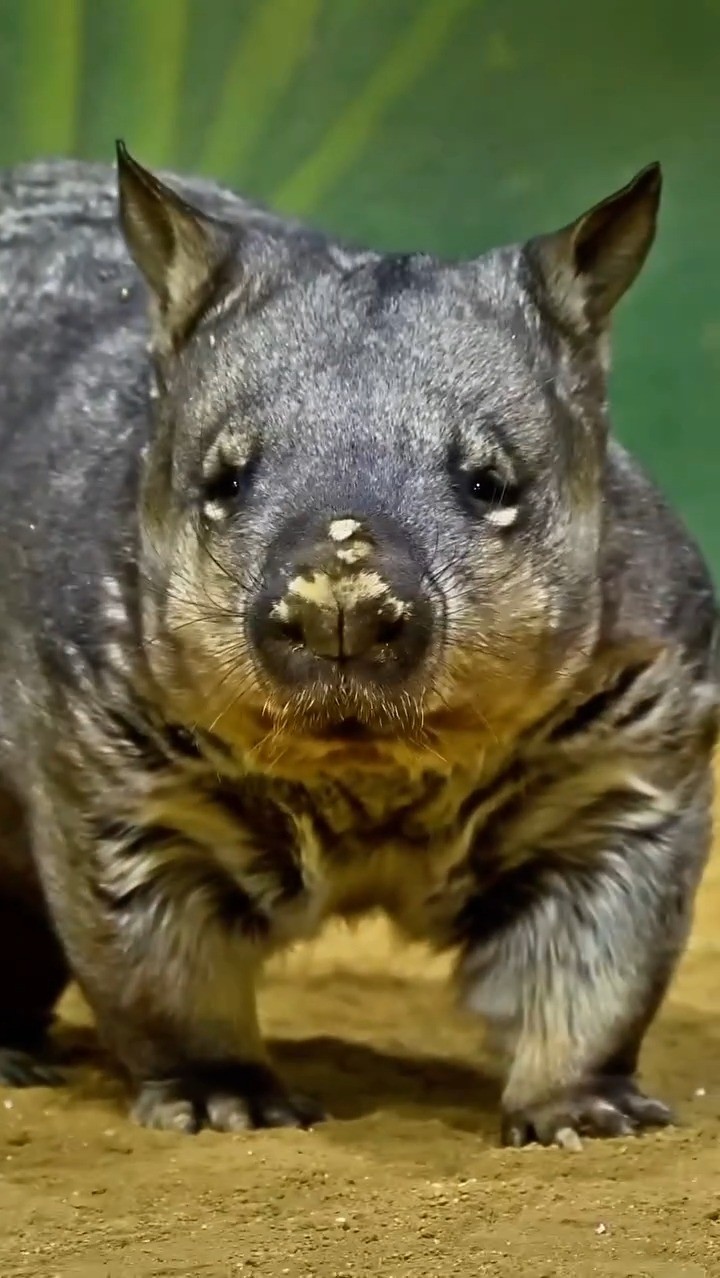- Wombats are fascinating marsupials with similarities to both koalas and French bulldogs.
- These sturdy animals are adept diggers, building complex burrow systems for shelter and protection.
- Wombats play an essential ecological role in their habitats, influencing soil health and plant growth.
- Effective conservation efforts are crucial for preserving wombat populations and their natural environments.
- Understanding zoo management strategies helps facilitate the successful care and breeding of wombats in captivity.
Wombats are one of nature’s more intriguing creatures, often surprising many with their bear-like build and bulldog appearance. Despite some striking similarities to French bulldogs, wombats are marsupials, sharing a closer kinship with koalas. These remarkable animals inhabit Australia and are known for their tenacious burrowing capabilities, often outshone by their more celebrated relative, the koala.
The physical structure of wombats is perfectly adapted for their burrowing lifestyle. Their stout bodies and sturdy limbs serve them well in the task of excavating extensive burrow systems. These burrows are not just shelter; they are engineering feats stretching up to 100 feet with intricate tunnel systems that showcase the wombat’s skill. These structures can measure nearly two feet wide, providing ample space for movement and protection against predators and harsh weather conditions.
Wombats are unique among marsupials due to their backward-facing pouch, which keeps dirt from entering while they dig. This characteristic is essential for protecting their young as mothers carry and nurture joeys in these pouches until they are mature enough to survive independently. Their ability to adapt to varying climates and terrains has made them survivors across different Australian environments, from coastal areas to mountain ranges.
The ecological importance of wombats in their natural habitats cannot be overstated. As they burrow, they contribute to soil aeration, which enhances soil health and promotes plant growth. This process of bioturbation, where animals disturb the soil, plays a vital role in nutrient cycling and helps maintain the ecological balance of their environment. Additionally, these burrow systems provide shelter for a range of other species, showcasing the interconnectedness of nature.
Despite their ecological significance, wombats face numerous threats from habitat destruction, disease, and climate change. Land clearing for agriculture and urban development has significantly reduced their natural habitats. Moreover, road traffic poses a continual danger, with numerous wombats falling victim to vehicle collisions. Disease also poses a severe threat, particularly sarcoptic mange, which can decimate local populations.
Conservation efforts are crucial to protecting these fascinating creatures. In recent years, the conservation community has implemented various measures to mitigate these threats, including breeding programs and habitat restoration projects. Successful conservation requires a multi-faceted approach, combining scientific research, community involvement, and government policies to ensure wombats continue to thrive in their natural habitats.
Zoo management plays a vital role in the care and conservation of wombats. Successful management involves understanding the dietary, environmental, and social needs of wombats to recreate conditions similar to their natural habitat. Efforts include designing enclosures that allow for natural behaviors such as digging and foraging, as well as developing enrichment programs to keep wombats stimulated and healthy.
Educational initiatives are also an essential component of zoo management strategies. By educating the public about the ecological role and conservation status of wombats, zoos aim to raise awareness and inspire visitors to take action in protecting these remarkable animals. Educational programs often include interactive exhibits, talks, and workshops that provide insight into the biology and behavior of wombats.
Captive breeding programs are another critical aspect of conservation strategies for wombats. By managing genetic diversity and ensuring the health of captive populations, zoos contribute to the long-term survival of these species. These programs are carefully designed to avoid inbreeding and to select individuals that can successfully reintroduce to the wild, bolstering dwindling populations.
In conclusion, wombats are extraordinary marsupials with a significant impact on their ecosystems. From their considerable digging abilities to their ecological roles, these animals are a testament to the intricate balance of nature. Conservation and zoo management efforts are essential in ensuring the survival of wombats for future generations to appreciate and learn from these bulldozers of the bush. Through study, care, and proactive measures, the continuation of these species can be assured, allowing wombats to remain a thriving part of Australia’s natural heritage.
*****
Source Description
Hi, Murray! 👋
Wombats may look like French bulldogs, but they’re actually marsupials—closely related to koalas 🐨. Known as the “bulldozers of the bush,” these digging dynamos build massive burrows with intricate tunnel systems, some nearly two feet wide and stretching up to 100 feet long!


